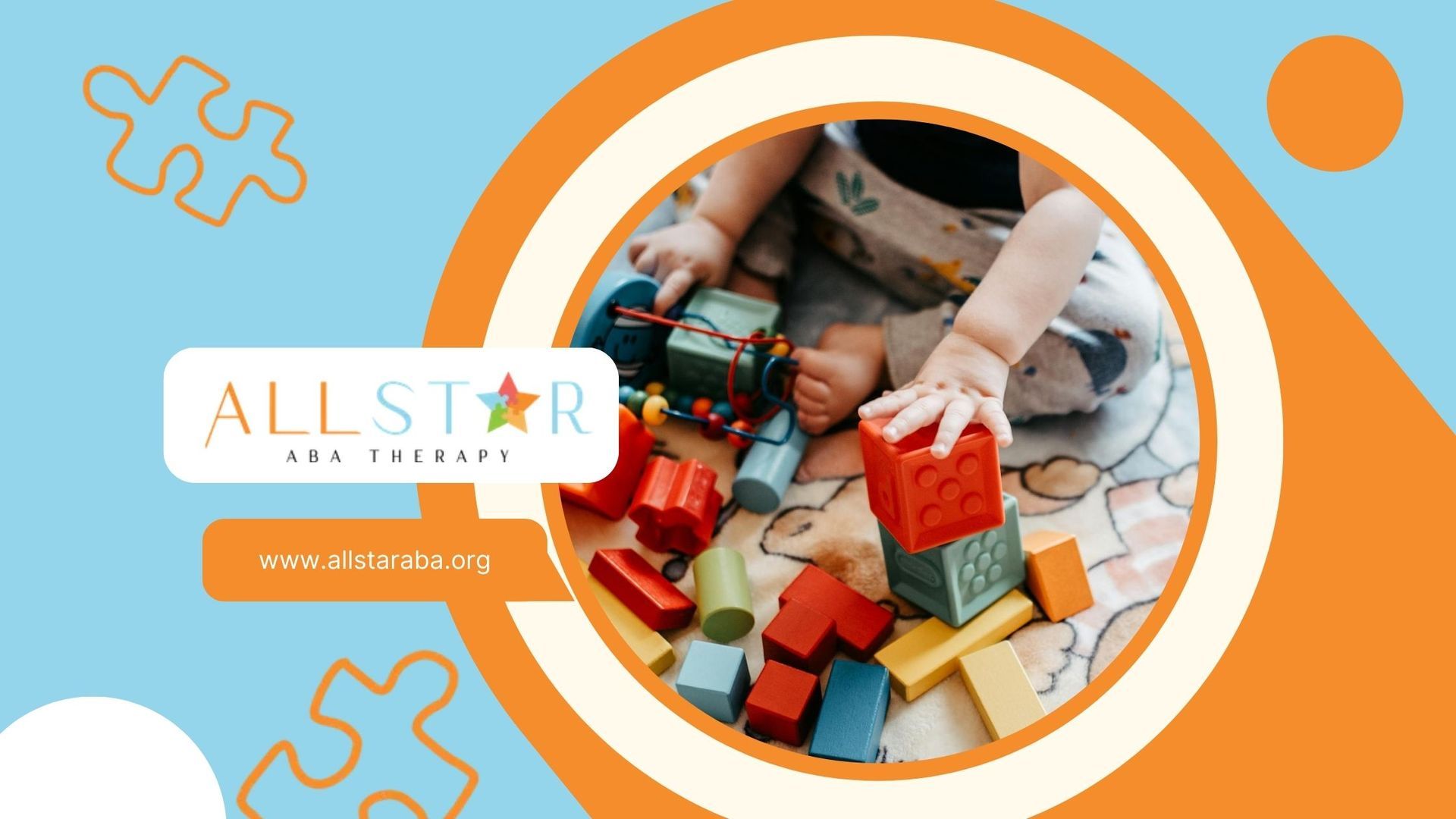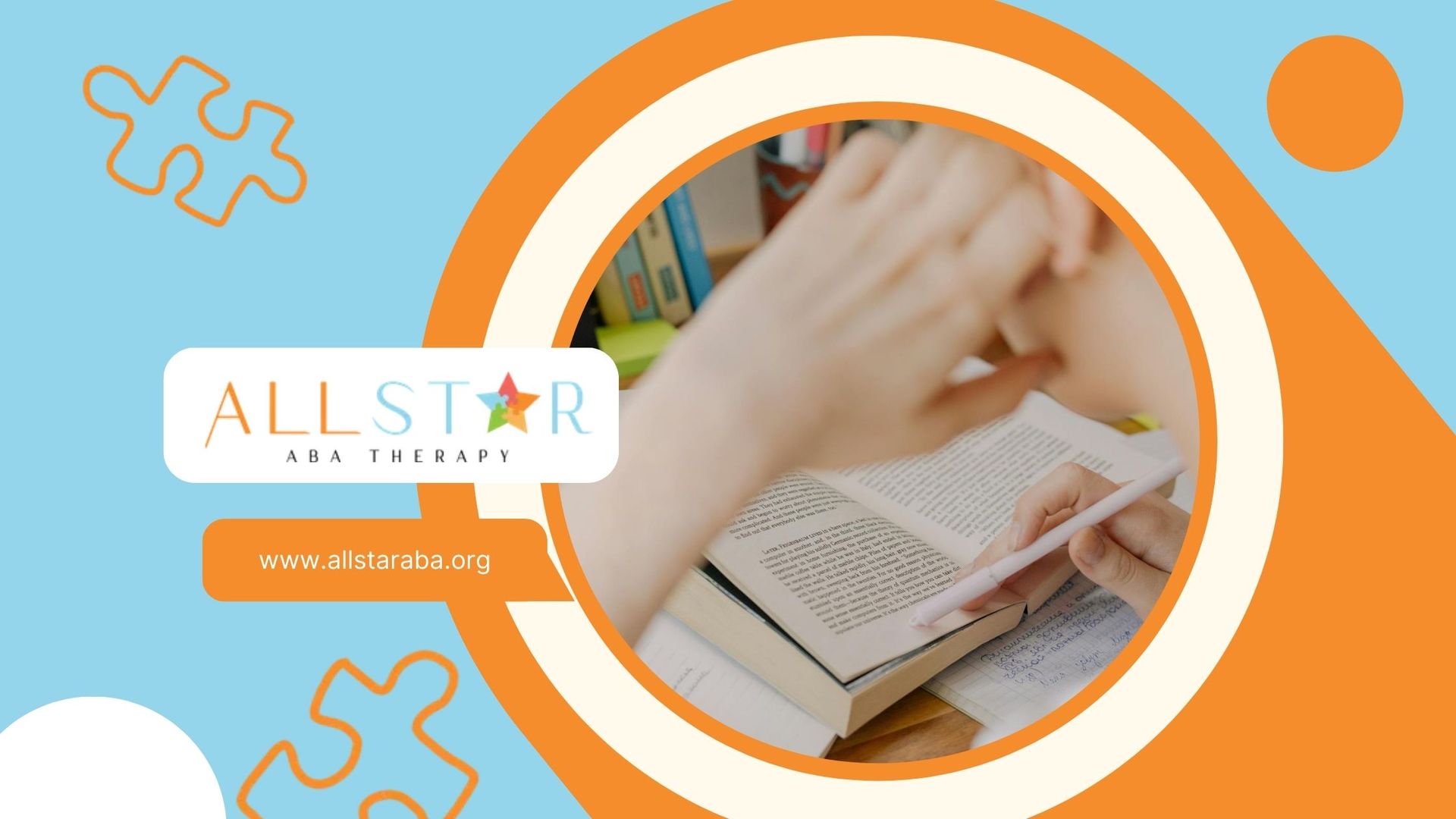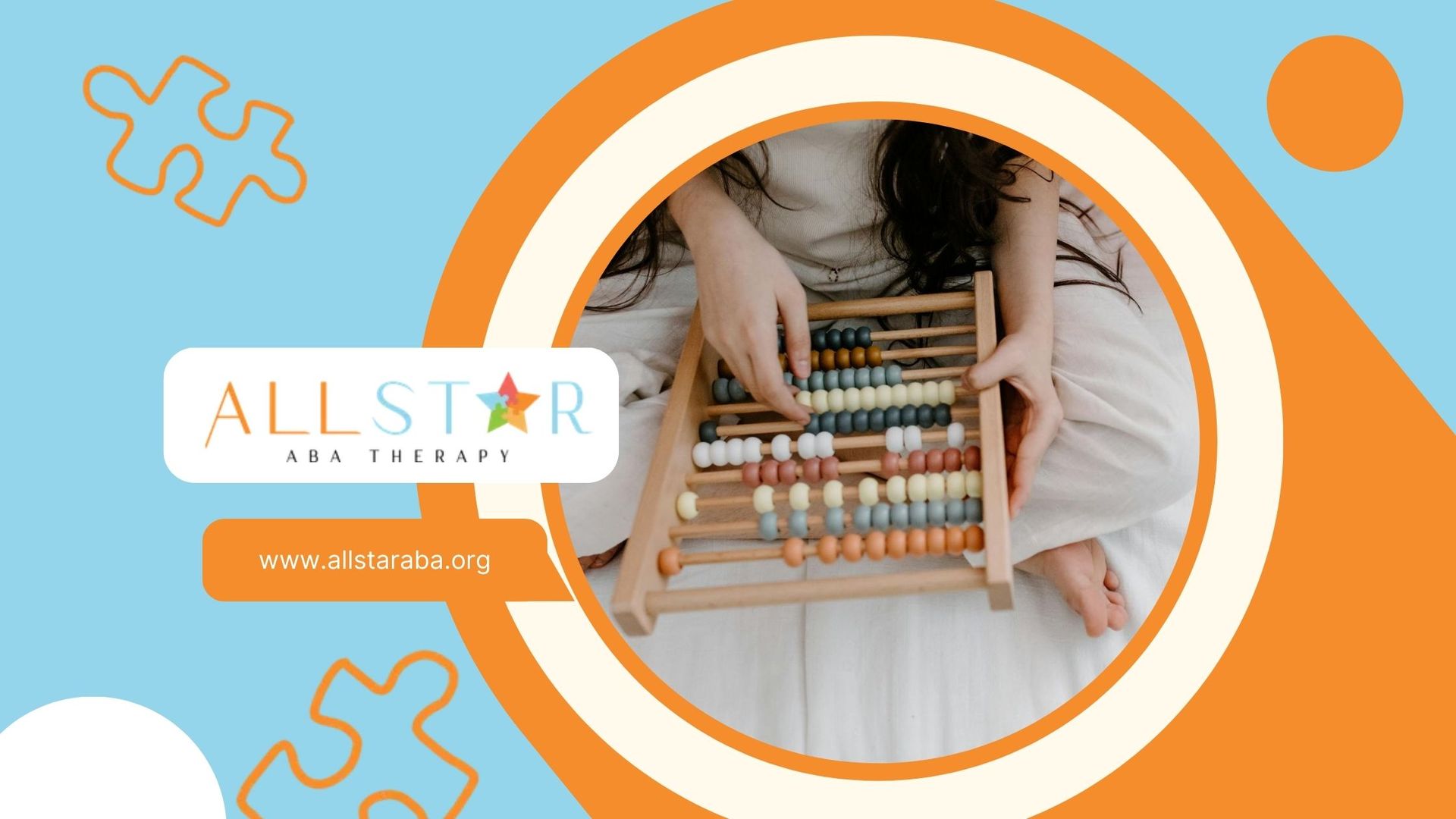New Paragraph
Sensory-Friendly Love Languages for Autism Revealed
Understanding Love Languages
Want to make your relationships rock-solid? It’s all about understanding love languages. These are the ways people show and feel love. Get a grip on this, and you’ll be on your way to deeper, more meaningful connections.
Why Love Languages Matter
Love languages are like secret codes for relationships. They help you show love in a way that hits home for your partner. When you get it right, you’re not just saying “I love you,” you’re showing it in a way that really counts. This can lead to stronger bonds, more emotional connection, and happier relationships.
When you know your partner’s love language, you can show your love in a way that really resonates with them. This isn’t just about making them happy; it’s about making your relationship more fulfilling for both of you.
How to Use Love Languages
Using love languages means figuring out what makes your loved ones feel special and doing more of that. It’s about paying attention and being willing to change how you show love to match what they need.
Dr. Gary Chapman came up with five main love languages:
- Words of Affirmation: Some people feel loved when they hear kind words. Compliments, encouragement, and saying “I appreciate you” can go a long way.
- Acts of Service: For others, actions speak louder than words. Doing chores, running errands, or just helping out shows you care.
- Receiving Gifts: This isn’t about being materialistic. It’s about the thought behind the gift. A well-chosen present can show you’re thinking about them.
- Quality Time: Some folks just want your undivided attention. Spending time together, having deep conversations, or doing fun activities can make them feel loved.
- Physical Touch: Hugs, hand-holding, and cuddles can be powerful for those who need physical touch to feel connected.
By figuring out and using these love languages, you can make your relationships stronger and more meaningful. Everyone’s different, so what works for one person might not work for another. This is especially true for people with autism, who might have unique sensory needs. It’s important to tailor your approach to fit their preferences.
So, get to know your loved ones’ love languages and start speaking them fluently. Your relationships will thank you!
Sensory-Friendly Love Languages
Showing love isn't one-size-fits-all, especially for folks with autism. Sensory-friendly love languages offer unique ways to share affection that fit their sensory needs. Let's dive into some sensory-friendly love languages that can make a big difference for autistic individuals.
Visual Love
Visual love can be a game-changer. Think love notes, drawings, or photo albums. These visual reminders are like little love anchors that can be revisited anytime. Studies show that visual cues are super effective in expressing love.
Auditory Love
Auditory love is all about sound. This could be saying "I love you," leaving sweet voice messages, or playing favorite songs. For those who dig auditory input, these sounds can create a strong emotional bond. Research backs up the power of auditory stimuli in love communication.
Tactile Love
Tactile love involves touch but with a twist to fit sensory preferences. Gentle hugs, hand-holding, or a comforting touch can go a long way. Always respect personal boundaries and talk about what feels right. Touch can build a sense of security and connection. Studies highlight the importance of tactile love in relationships for those on the autism spectrum.
Olfactory Love
Olfactory love uses scents to show affection. This could be a favorite perfume, scented candles, or baking something yummy together. Smells can trigger strong emotions and memories. Research suggests that olfactory cues play a role in how we perceive love.
Gustatory Love
Gustatory love is all about taste. Sharing meals, cooking together, or making favorite dishes can be a tasty way to bond. Exploring flavors and textures can create fun and meaningful experiences. Studies have looked into the role of gustatory love across cultures.
By embracing these sensory-friendly love languages, people with autism can feel love in ways that suit their unique needs. Remember, everyone has their own love language, so it's key to respect and understand each person's preferences. Sensory-friendly love languages can strengthen relationships, build understanding, and boost emotional well-being for those on the autism spectrum.
Tailoring Love Languages for Autistic Individuals
Love languages aren't one-size-fits-all, especially for those with autism. Understanding and adapting to their unique preferences can make a world of difference in how love and affection are expressed and received.
Personalized Approaches
Autistic folks often have distinct likes and dislikes, especially with sensory experiences. It's crucial to get a handle on these differences to make your love language hit home.
Start by involving the person directly. Chat with them, watch how they react to different things, and really listen. This way, you can figure out what makes them tick and weave that into how you show love.
Communication Tips
Good communication is key. It helps bridge the gap between knowing and showing love in a way that clicks with the person.
Visual aids and social stories can be super helpful. They break down different ways to show love into clear, easy-to-understand chunks. This makes it easier for autistic individuals to grasp and engage with these expressions.
Tools like picture exchange communication systems or communication apps can also be game-changers. They help folks express what they like and need, making sure their love languages are clear and respected.
By personalizing your approach and using smart communication tools, you can make love languages work for autistic individuals. This fosters understanding, respect, and deeper connections, ensuring everyone feels loved and appreciated in a way that truly resonates.
Building Connections Through Love Languages
When it comes to autistic individuals and love languages, understanding and using sensory-friendly love languages can make a big difference in building stronger relationships and better understanding.
Strengthening Relationships
Building strong connections is super important for people with autism. Love languages give us a way to show and receive love that matches each person's unique sensory needs. By figuring out which love languages work best for an autistic person, relationships can get a real boost.
Experts have found that using love languages can help people feel closer and happier in their relationships.
When loved ones use the sensory-friendly love languages that an autistic person prefers, it shows they care in a way that really matters. This can build trust, empathy, and emotional closeness.
Enhancing Understanding
Using sensory-friendly love languages can also help autistic individuals and their loved ones understand each other better. Love languages give everyone a way to share feelings, likes, and needs, making communication easier.
Psychologists and relationship experts have shown that good communication and understanding are key to happy relationships.
By knowing an autistic person's sensory likes and their favorite love languages, loved ones can better understand their feelings and support them in meaningful ways. This can lead to more empathy, fewer misunderstandings, and a deeper connection.
When autistic individuals and their loved ones use sensory-friendly love languages, they create a space of acceptance, understanding, and love. By recognizing and respecting the unique sensory needs of autistic individuals, relationships can grow and thrive.
Need Support?
We're Here to Help!
Our experienced team is ready to assist you. Reach out today to discuss how we can support your child's development and well-being.
Get started with expert ABA therapy today.
Related posts

All Star ABA delivers the gold standard of care, Applied Behavioral Analysis (ABA) therapy, for individuals diagnosed with ASD, from infancy to age 21.
Quick Links
All Rights Reserved | All Star ABA







